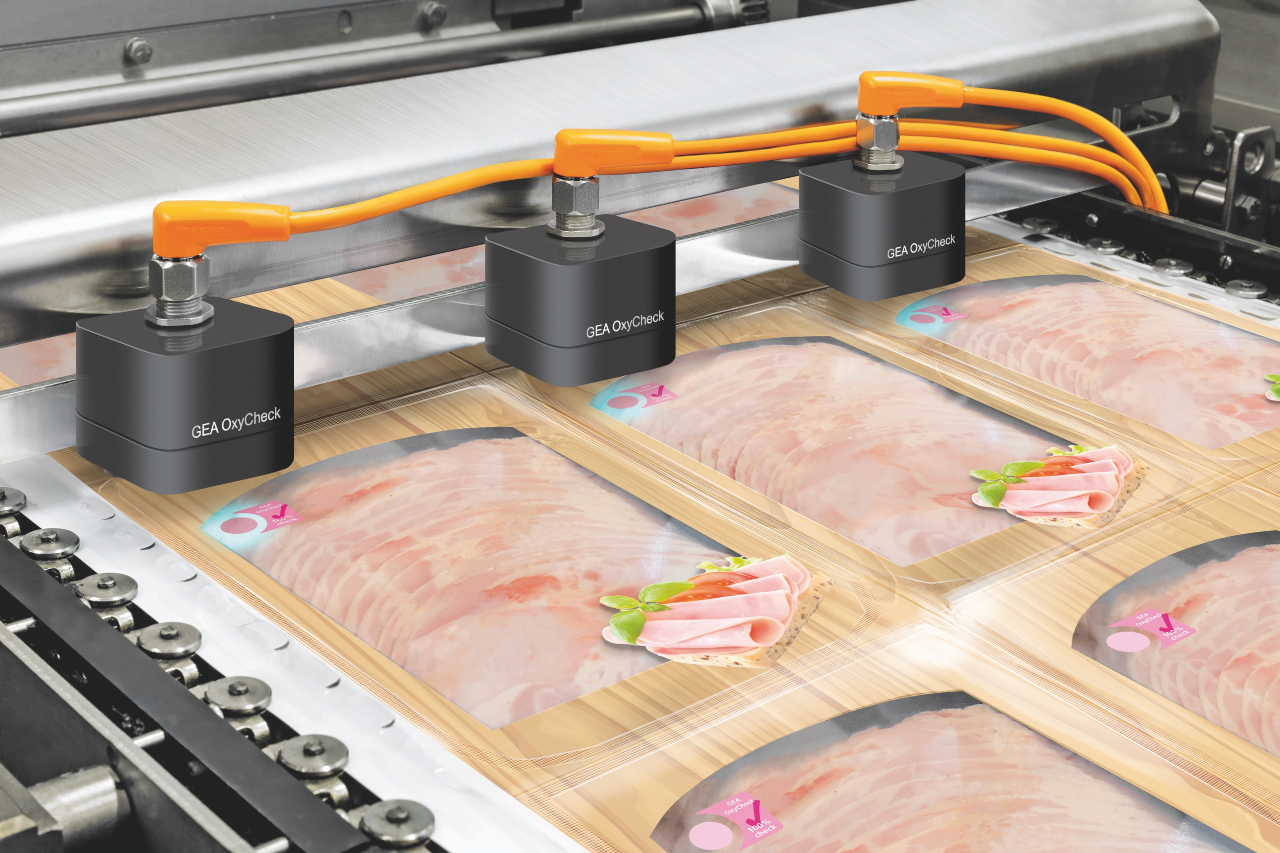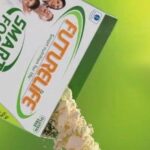
What are the primary challenges the global food industry is currently facing – particularly in light of the Covid-19 pandemic?
Peter Kamm: The pandemic has certainly caused a shift in the challenges the food industry was facing prior to that. Several of our customers and other key players were greatly impacted by the pandemic, with those in the foodservice space especially having to move into survival mode. Restaurants had to close, which was a big hit for many of our customers.
Luckily, demand is rising again, but that is also causing a challenge for our customers because they have now to ramp up their production facilities quickly and attract qualified people, who are hard to find. As a packaging solution provider though, that does create an opportunity for our Slicing & Packaging business unit, because our customers need to invest alternatively in efficiency and automation. We are seeing a lot of investment in digitalization automation.
The pandemic has also created a higher sensitivity towards hygiene as well as food and product safety. Not only for our customers, but also for wider consumers who are paying much more attention to that now. The question for us is, how can we help our customers to ensure guaranteed quality? How can we protect the products? The answer to that is through innovation.
What about the increased trend for more sustainable packaging solutions?
Peter Kamm: We are still seeing a big trend in sustainability. The pandemic has not affected that – the industry is still increasingly looking for more sustainable options. Customers are also approaching us to see how we can help them use less plastic, reduce film thickness and use more recycled materials. That’s something we are investigating. The industry is also moving towards mono-layer plastics and fiber-based materials, made from paper or cardboard materials.
For us, the challenge now is to provide the right solutions based on our technology. We are also focused on designing our machines so they consume less energy and consumables and need fewer parts in order to make the machines more reliable.
How has the desire for increased sustainability accelerated?
Peter Kamm: It’s increasing, but it does depend on the profile of the customer. The big players, such as the larger food groups, are looking at alternative materials and how they can be produced more sustainably. One big packaging trend we have also seen from retailers is a demand for using less film in packaging. But also, they want to see more mono-layer film – rather than multi-layer – options. A great deal of our customers’ energy is spent on how they can use our machines for these new types of films, as well as paper-based films. And we have a team of experts across the globe and a dedicated technology center to help them with that. Another way is to look for new technology solutions to serve these needs. For example, our new GEA FoodTray is a sustainable, resource-saving alternative to modified atmosphere packaging (MAP) or vacuum packs made from plastic only. FoodTray saves up to 80% of plastic film in comparison to conventional food packaging.
How can innovative packaging equipment help your customers to face an uncertain future?
Peter Kamm: Food safety is an area where we have invested a lot of energy and also launched a new product. The GEA OxyCheck and LeakCheck is an inline quality-control system that can be integrated into our thermoformers to verify the oxygen content of all MAP packages and identify leakages after the form-fill-seal process, thereby ensuring the shelf-life of the product. We are the only packaging solution provider in the market who can guarantee a defect-free pack coming out of the machine. We can guarantee that the package is tight, has no leakage and the right oxygen levels.
That gives the customer two benefits. First of all, a guarantee that the pack has the right quality and, secondly, they don’t need to have offline quality checks. Normally, a customer needs to destroy a couple of packs as they adjust their measurements. That’s not necessary anymore.
How did that innovation come about?
Peter Kamm: We reacted to a burgeoning trend and asked ourselves, ‘how can we, as a packaging solution provider, help our customers by guaranteeing food safety?’. Similarly, we have also established an ‘automation team’ that focusses on finding automation solutions we can then invest in. It’s required because our customers are becoming less dependent on qualified staff as they are struggling to recruit them.
In the area of digitalization, in the last couple of months we have developed quite a few new products that give our customers more transparency into our machines’ processes, such as their availability, whether operators need to be trained and how they can measure machine downtime so that the employees handling them can work more efficiently
What has been the reception to these new products?
Peter Kamm: GEA had its first digital customer event, called The Spotlight Sessions, in April, where we presented some of these products to our customers. The feedback was very good, especially for our PerformancePlus product, which creates transparency about the current health status of the packaging equipment, increases its availability, ensures optimum productivity, brings efficiency optimization potential to light and enables a sustainable equipment utilization. It’s a really great seller, because customers see the benefit in looking into the lifecycle of a machine and using analysis to get a “health check” on it.
How can GEA’s slicing and packaging equipment help your clients provide versatility, increase yields and preserve product safety for their own customers?
Peter Kamm: With regards to slicing products, yield is of the utmost importance. If you’re slicing 100g of meat, the goal is to get 100g in the pack and avoid any food waste. We are investing a lot of time in developing our slicing solutions – trying to reduce as much food waste as possible. We have a couple of projects running with our customers to see how we can optimize our machines to their needs. So, there’s a focus on process optimization and, especially, on improving yields.
How is this technology helping your customers to future proof?
Peter Kamm: Automation goes hand-in-hand with ease of use. If you can’t automate or find qualified people, you have to make machines that are flexible and easy to use. Our customers experience a high turnover of people, so we analyze how they train new people and then help them find a machine that is easy to use.
We recently launched a new vertical packaging machine, the GEA SmartPacker CX400 D-Zip, which is a vertical form-fill sealer for consumer packed food products. It combines fast, high-quality operation with maximum flexibility and uptime. The customer can decide if they want to produce a D-Zip [re-closable] pouch, or any other pouch. We have found a way to easily modify the machine and to rebuild in the shortest time possible. That’s unique in the market. Besides that, we also have a challenge to prepare our machines for different plastic films or paper-based film. This is now possible with our SmartPacker – the customer has the possibility to decide which sort of plastic they want to use, which is helping them in reaching their sustainability goals. On top of that, we managed a reduction in the zipper material when creating a re-closable D-Zip pouch – also a totally new way of sealing that is uniqu to GEA – helping them even more.
We are helping our customers to be more flexible. More than 50% of consumers now are either single or live in two-person households, so their shopping behavior is quite different from larger families, especially in larger cities. They don’t decide what to eat next week, but what to eat the next day. That means we have to help our customers be flexible to those demands coming from retailers.
How are GEA’s technology centers being used by potential customers to develop and scale up new products?
Peter Kamm: In all our major sites, for many years we have been proactively inviting customers to use our Tech centers. It’s a great opportunity for our customers to test new products that they want to launch onto the market, because their operations are performance-driven. We say, ‘just let us know what you want to test and we can prepare our machines to show you if the product is how you want to have it.’ We can make samples for them and they can present the results to their customers or other companies who are willing to invest. We have a high utilization for that and are looking to extend the technology centers concept in order to give more opportunities to our customers. It’s a ‘test and proof before you invest’ concept.
How is a culture of innovation embedded across GEA?
Peter Kamm: Innovation is a large part of our DNA. If you want to remain a front-runner in this fast-changing market, you have to invest in innovation. In our business unit, we have a dedicated team who only focuses on innovation – that as covers mechanical application development, software development, developments around service products, digitalization and also sustainability.
It’s of the utmost importance that we decide on the right innovation so we can understand our customers’ business models and their pains and then help to solve them. We do regular product market strategy analysis, which – together with our business market surveys – helps us decide on the right innovation roadmap. We do that on both a product and solution level. More and more of our energy goes into being a complete solution provider for our customers, because they are not only buying a packaging machine, but an end-to-end solution.
How is the slicing and packaging business unit evolving in order to prepare for the future?
On the service side, if a machine or a solution is handed over to our customers, it is to serve them for the rest of its life cycle. That requires maintenance, predictive maintenance, and step-by-step spare part service program as well as a continuous support to optimize the processes at our customers plants. Our larger and mid-sized customers are looking more and more for these complete services.
Further information: gea.com



